Working with the Pain of Abandonment Course (NICABM)
$47.00 Original price was: $47.00.$18.00Current price is: $18.00.
NICABM Working with the Pain of Abandonment Download
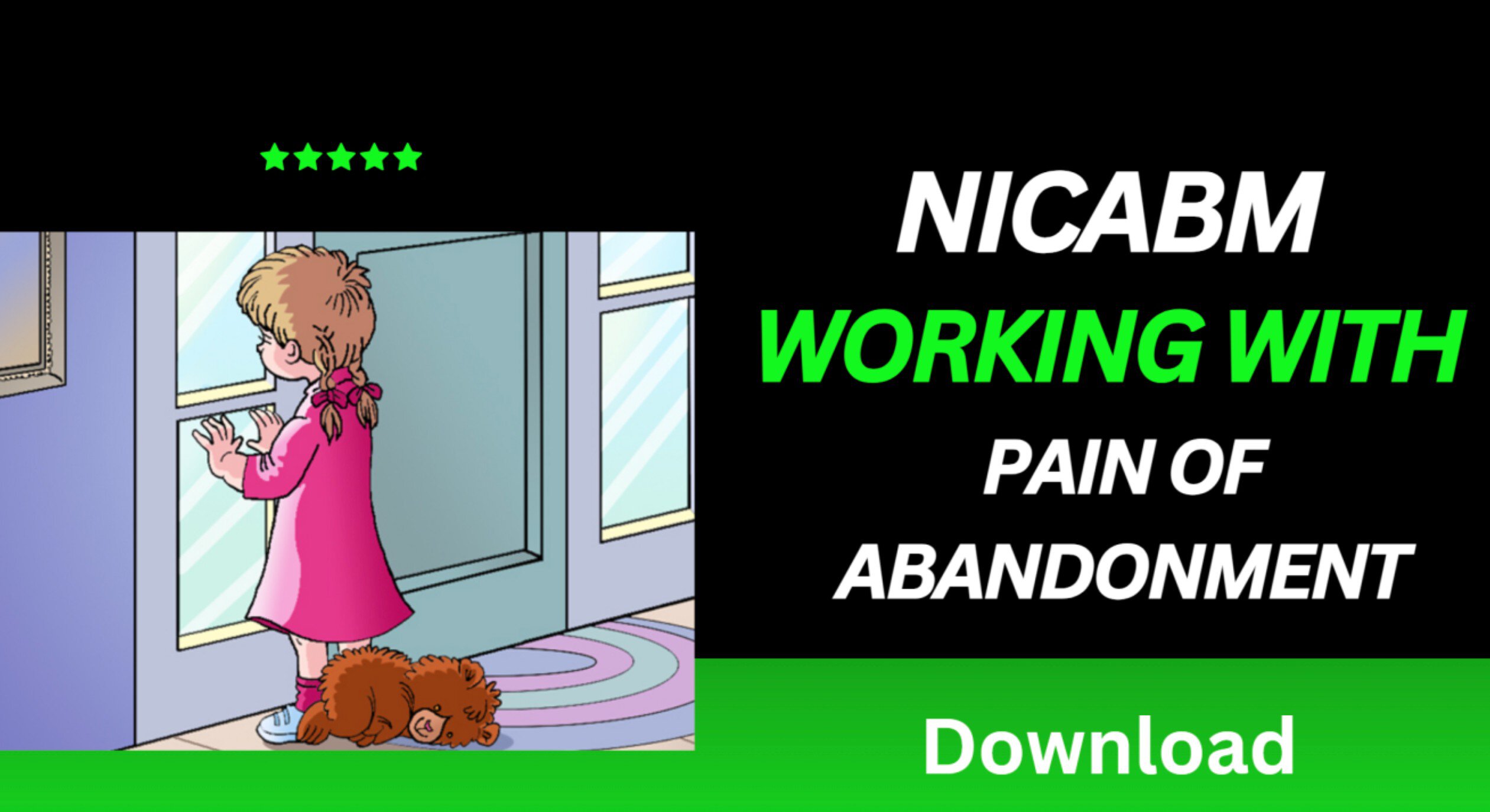
What is Working with the Pain of Abandonment:
NICABM Working with the Pain of Abandonment teaches strategies for healing abandonment trauma. It features insights from 26 experts in trauma recovery.
The course provides tools for mental health professionals to help clients overcome rejection fear, regulate their nervous system, and build resilience.
📚 PROOF OF COURSE
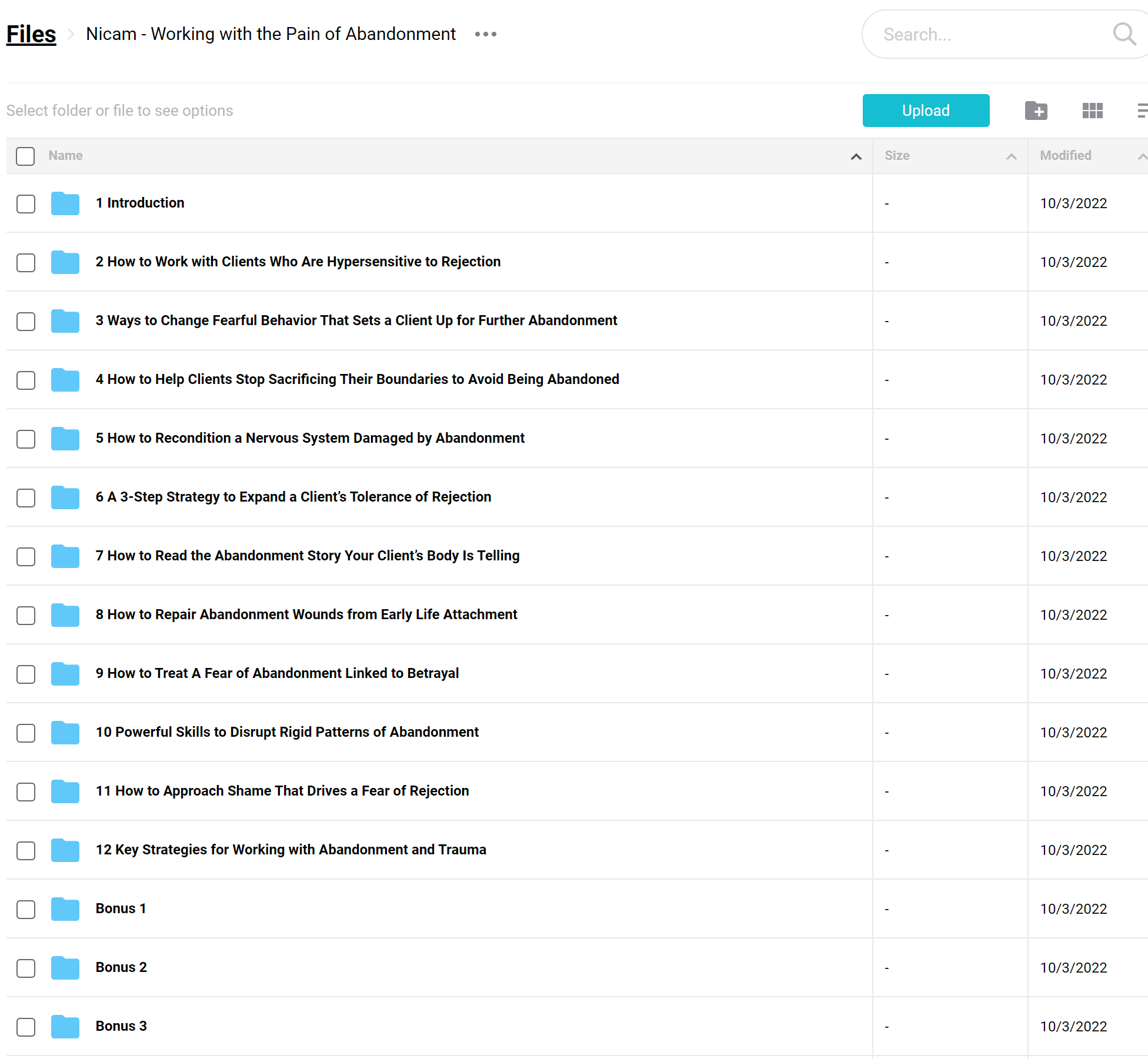


What you will learn in this course:
This course teaches new ways to help clients heal from abandonment trauma. You’ll learn:
- How brain patterns create fear of abandonment
- Ways to help clients move past rejection fears
- Techniques to manage panic from rejection
- Methods to reduce overreactions
- How to heal nervous systems hurt by abandonment
- Spotting body signs of past abandonment
- Strategies for clients to set boundaries without fear
After the course, you’ll have tools to treat abandonment issues in your practice.
Working with the Pain of Abandonment Course Curriculum:
NICABM’s Working with the Pain of Abandonment course offers a comprehensive curriculum designed to equip mental health professionals with advanced strategies for helping clients heal from abandonment trauma.
✅Module 1:
Understanding Abandonment Trauma
- Neural patterns of fear and rejection
- Impact of PTSD on brain schemas
✅Module 2:
Strategies for Rejection Sensitivity
- Shifting out of rejection-oriented mindsets
- Managing panic responses to rejection
✅Module 3:
Trauma-Informed Approaches
- Neurofeedback techniques for reactivity
- Somatic experiencing methods
✅Module 4:
Nervous System Reconditioning
- Techniques for nervous system regulation
- Approaches to tolerance building in relationships
✅Module 5:
Body-Based Interventions
- Reading bodily signs of abandonment
- Physiological indicators of fear management
✅Module 6:
Behavioral Change Strategies
- Reframing neediness as an ally
- Techniques for staying regulated during rejection
✅Module 7:
Boundary Setting and Maintenance
- Practical ways to shore up personal boundaries
- Addressing boundary sacrifices in relationships
✅Module 9:
Advanced Therapeutic Techniques
- 3-step strategy for expanding rejection tolerance
- Compassionate approaches to breaking paralyzing fears
This curriculum provides a deep dive into abandonment-focused therapy, offering practical tools and insights from 26 leading experts in the field.
What is NICABM?

NICABM trains mental health professionals. Since 1989, they’ve shared new ideas in psychology and medicine.
They bring top experts to teach about trauma, the brain, and mind-body connection. NICABM offers online courses and live events.
Their training gives credits to therapists and counselors. NICABM is known for quality teaching that helps professionals in their daily work.
5️⃣. Who should take NICABM Course?
NICABM’s Working with the Pain of Abandonment course is for mental health professionals who want to better treat abandonment issues. It’s great for:
- Therapists looking to learn more about complex trauma
- Psychologists interested in new brain-based ways to treat abandonment
- Counselors helping clients with rejection fears
- Social workers wanting practical ways to build client strength
- Psychiatrists aiming to use body-based treatments
This course helps professionals who often see abandonment issues and want to use proven, effective treatments.
Whether you’re experienced or new, this program will improve your skills in treating abandonment trauma.
Be the first to review “Working with the Pain of Abandonment Course (NICABM)” Cancel reply
Related products
Deep Meditation
Healing
Healing

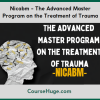

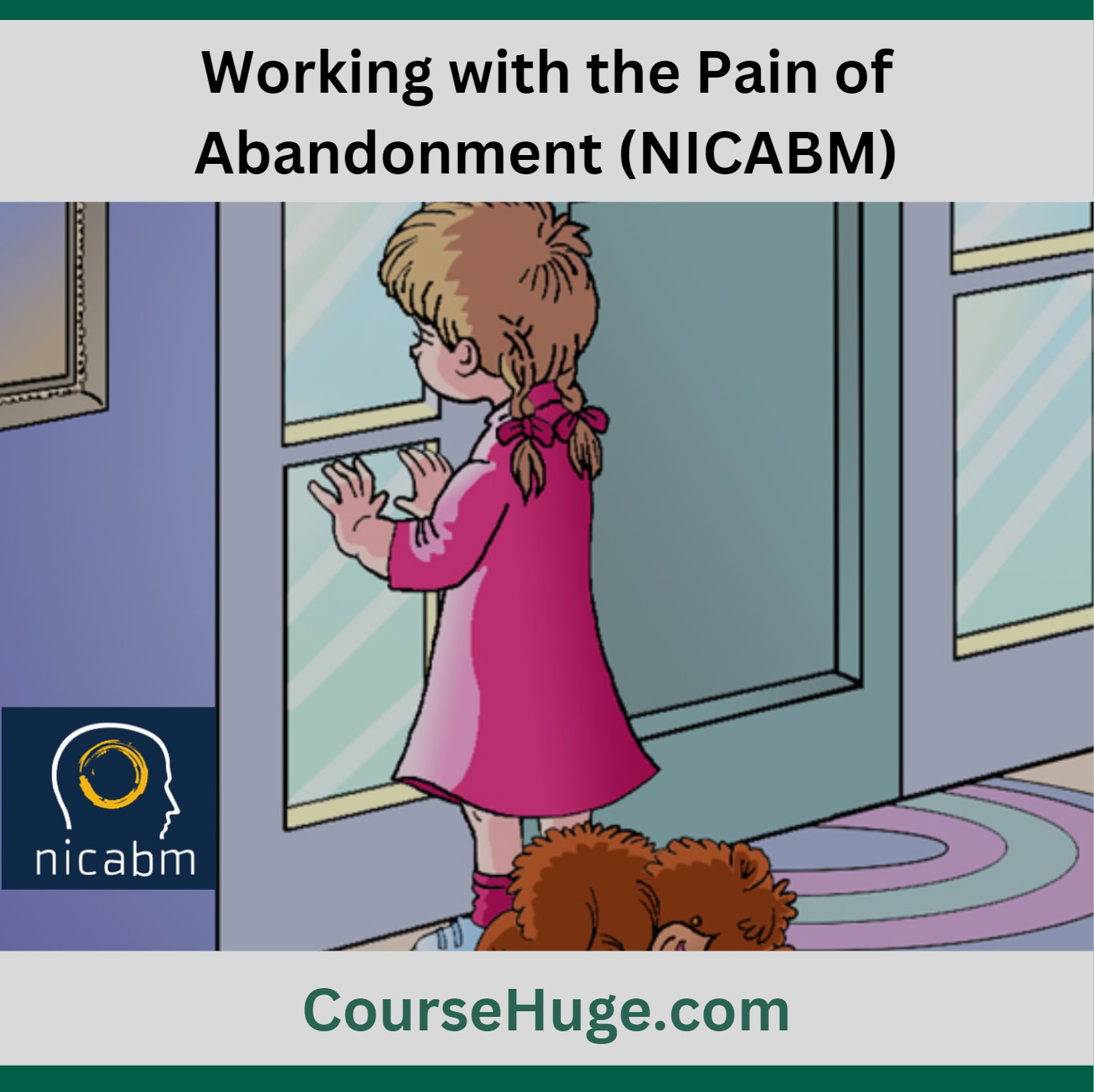


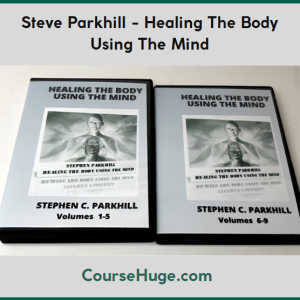





Reviews
There are no reviews yet.